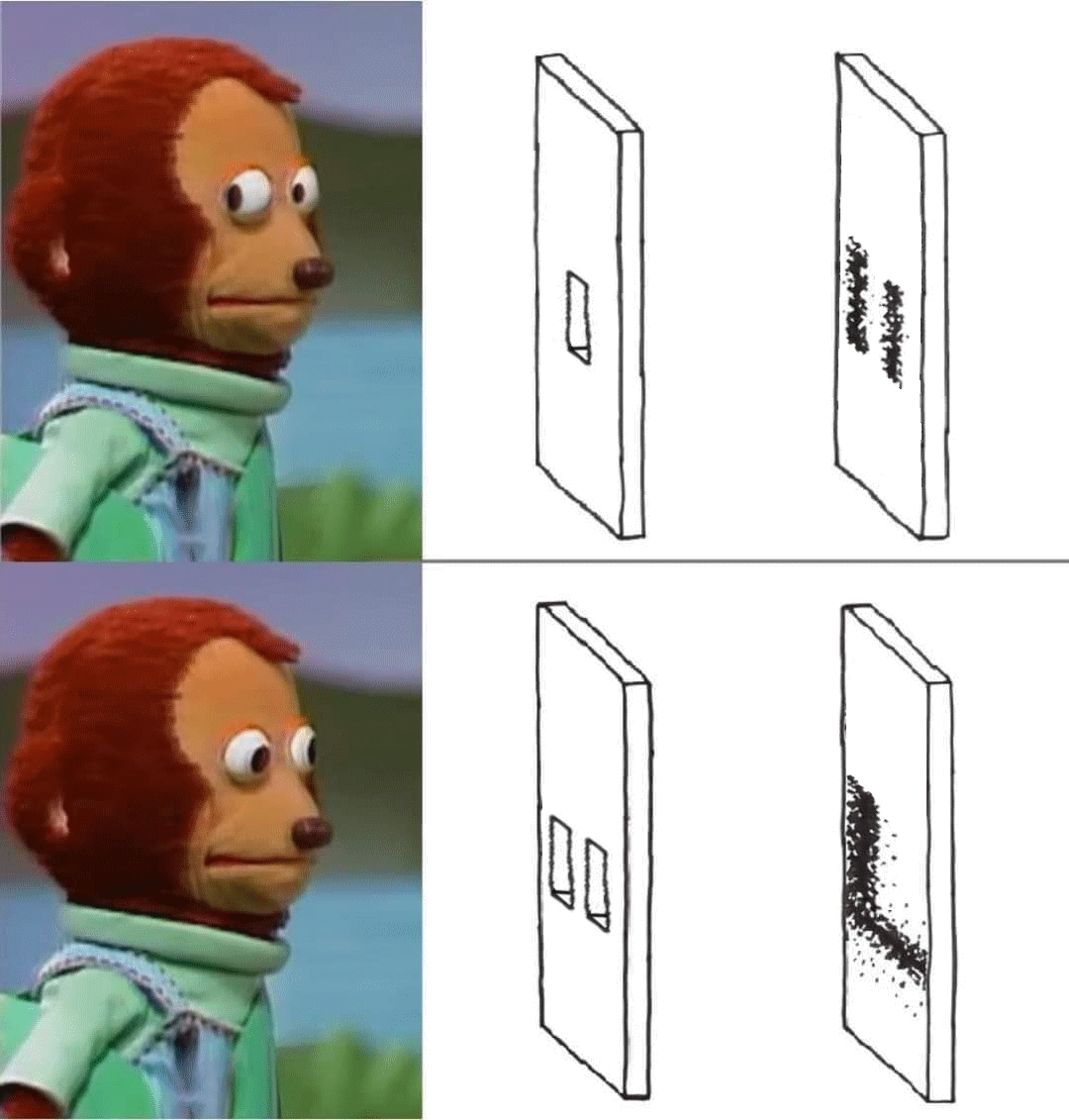this post was submitted on 19 Mar 2024
521 points (96.3% liked)
memes
10309 readers
1899 users here now
Community rules
1. Be civil
No trolling, bigotry or other insulting / annoying behaviour
2. No politics
This is non-politics community. For political memes please go to !politicalmemes@lemmy.world
3. No recent reposts
Check for reposts when posting a meme, you can only repost after 1 month
4. No bots
No bots without the express approval of the mods or the admins
5. No Spam/Ads
No advertisements or spam. This is an instance rule and the only way to live.
Sister communities
- !tenforward@lemmy.world : Star Trek memes, chat and shitposts
- !lemmyshitpost@lemmy.world : Lemmy Shitposts, anything and everything goes.
- !linuxmemes@lemmy.world : Linux themed memes
- !comicstrips@lemmy.world : for those who love comic stories.
founded 1 year ago
MODERATORS
you are viewing a single comment's thread
view the rest of the comments
view the rest of the comments

If I remember correctly, the ELI5 is it's impossible to measure something without interacting with it in some way. The calculations and science determine it will turn out like the top image. The moment we try to measure it though, we have to interact with it. This changes the calculations and whatnot, thus producing a different pattern.
It's that correct more or less?
FTFY, LOL
I'm glad to see people that know this. You are right, to measure implies interaction. The problem is that they call it "look at", When they should Say "measure".
But it's weirder than that. You can delay the measurement of which path it takes until after the particle hits the detector and still get weird quantum effects https://en.wikipedia.org/wiki/Delayed-choice_quantum_eraser
Yep. The bottom picture is a regular, predictable result of light going separately through the top and bottom slits (behaving like particles that can only be in one place at one time).
The top picture is the light going through both slits at the same time and interfering with itself, producing the pattern you see (behaving like waves that can be in multiple places at once with different probabilities).
Therefore, light is a particle and a wave at the same time, flipping between the two depending on circumstances such as measuring it
Yeah, you're close. You seem to be suggesting that any measurement causes the interference pattern to disappear implying that we can't actually observe the interference pattern. I'm not sure if that's what you truly meant, but that isn't the case. Disclaimer: I'm not an expert - I could be mistaken.
The particle is actually being measured in both experiments, but it's measured twice in the second experiment. That's because both experiments measure the particle's position at the screen while the second one also measures if the particle passes through one of the slits. It's the measurement at the slit that disrupts the interference pattern; however, both patterns are physically observable. Placing a detector at the slit destroys the interference pattern, and removing the detector from the slit reintroduces the interference pattern.
That's my understanding. On the other hand, the fun conspiracy theory is that we live in a simulation and stuff like this responds differently when observed because of shortcuts taken in simulating reality.